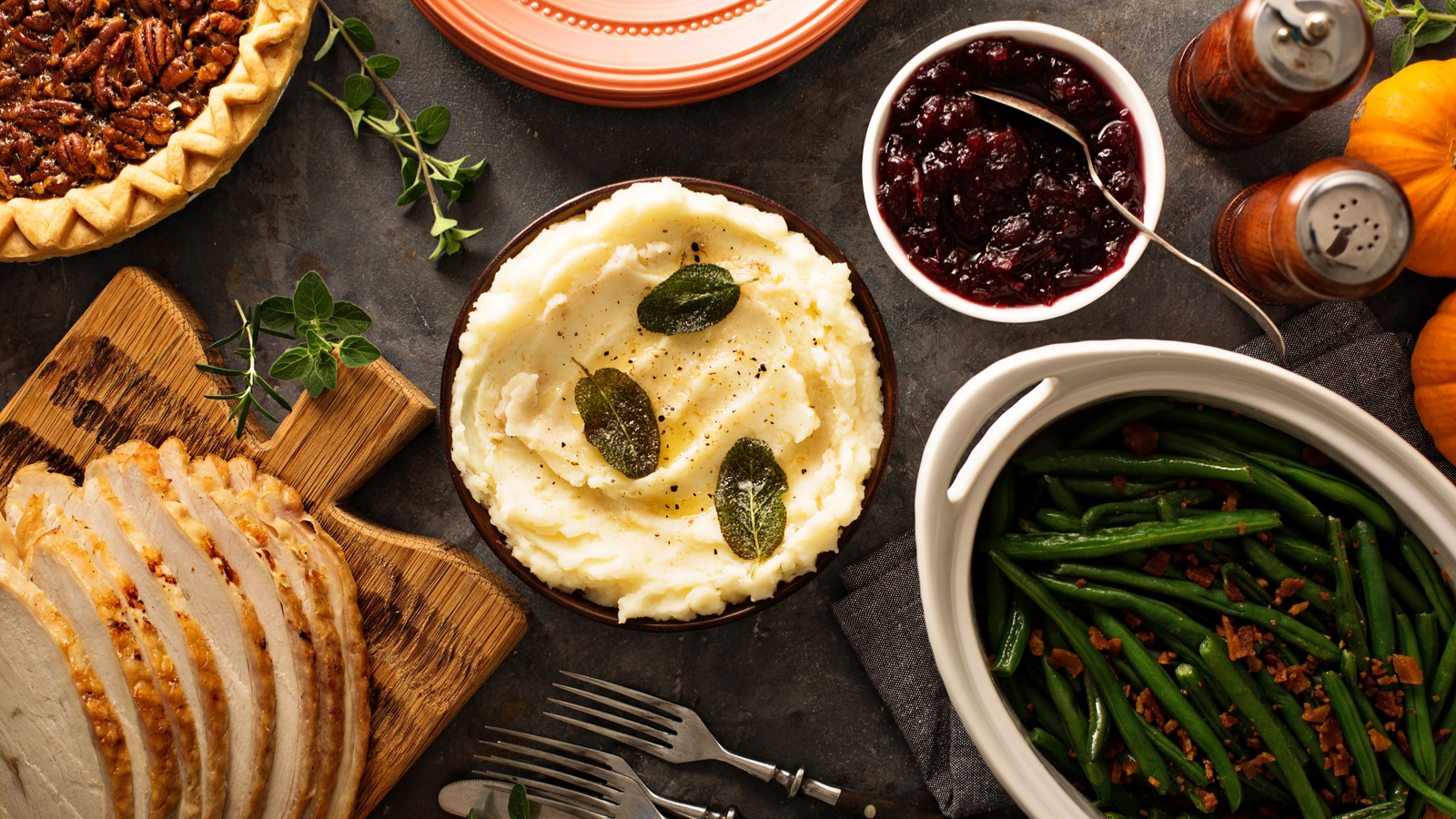Intermittent Fasting During the Holidays
October 30, 2018
byThe IMBOLDN Editors
-
Health & Fitness Tala’s WAKE Sleep Light Is The Antidote To Midnight Scrolling
Sleep smarter, wake gentler — Tala’s WAKE is your circadian reset.
-
Health & Fitness A Ring That Sees Stress Before You Do: Meet Reebok Smart Ring
From sleep quality to stress detection, this ring knows what’s going on inside your body.
-
Health & Fitness Navigation, Endurance & Brutal Terrain — Apex 4 Is Built For War
Trail, climb, ski — Apex 4 adapts to your worst days with unmatched battery and navigation.
-
Health & Fitness Adventure Just Got Smarter With The Suunto Vertical 2
With 65-hour GPS and a built-in flashlight, the Suunto Vertical 2 is ready for anything.
-
Health & Fitness Runners Rejoice: TAG Heuer And New Balance Deliver Perfection
A smartwatch and sneaker pairing built for athletes who chase perfection.




















